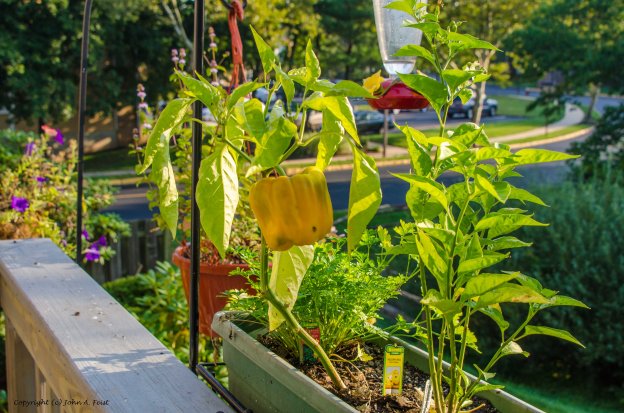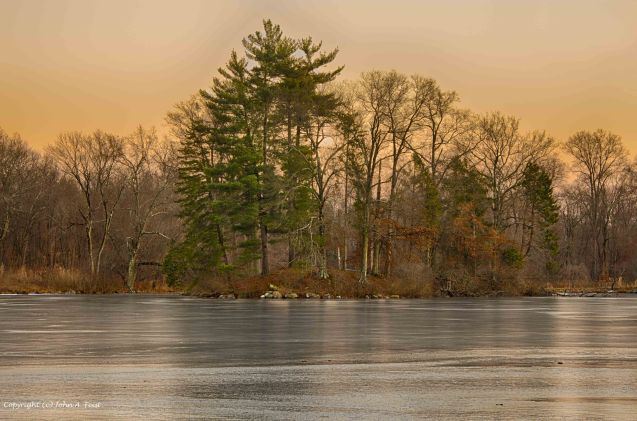One of the hardest things about learning to be a real photographer is learning to see what the camera sees. The amusing side of this is the old portrayal of a Hollywood type making an open box with his thumbs and forefingers and trying to frame a shot. While these portrayals are usually done for comedic effect, there is a point to it. The human eye sees a lot more than most cameras do!
I’m sure we’ve all had the experience of thinking we’ve taken a great shot only to take the image off the camera and groan. What’s the reason, there are many. I’ll start looking at some of them, and if there’s too many for one posting, I’ll spread it over two or more:
Look in the Corners: When composing an image, we tend to look at the main part of the image. Take the time to look at more than just what’s in the center of your view. There are a number of threads on Facebook, etc. that just love to show these kinds of goofs. (I’ll let you research those) The classics are things like a loving couple walking down the street only to have a truck in the background with wording or pictures that distract the viewer and effectively ruin the image. Clearly there are limits on how effectively you can do this depending on the type of shooting you are doing. If you’re working on scenic, nature shots, there’s little excuse. On the other hand if you’re doing candids at a wedding, it can be very hard to get the happy couple and not Uncle Harry doing something silly close by.
I don’t have an Uncle Harry, so I’ll use the following as an example.
I took this shot some years ago. We had planted peppers and my wife wanted some pictures. Okay, there is a picture of the yellow pepper growing. There is also way too much “stuff” in the shot. The hummingbird feeder, or at least part of it dropping in from the top, the road and parked cars in the background. You get the point. I don’t have a “good” version of this one.
I Can See for Miles: How often have you taken a shot of some really nice flowers from five or more feet away? The result is usually the flowers are very pretty and very lost in the bigger image. I usually try to fill most of the frame with whatever it is I am trying capture. There is a but to this. When taking portraits, macros, sports and other action type shots yes, you need some space. For action shots to convey movement there needs to be space to the direction of the action (e.g. don’t have the front wheel of the bicycle at the edge of the shot!). If you’re doing big views, landscapes, etc., yes you need to fill the frame.
Let’s use the following shot as an example:
In this shot I was looking to get the long view across the ice with the many details and reflections. If I was trying to get the large pine tree and the details around it, I failed miserably. Now let’s consider actually getting that tree.
This image does a much better job capturing that tree. What I wanted to convey was not just here is a tree, but put it in its natural setting and make it clear that it’s winter and that the sun is setting. I’d like to think I accomplished that.
So, I’ve babbled on enough to get through two areas. In the next installment, I’ll continue looking at learning to see like the camera. Please feel free to add any of your experiences, goofs or techniques in this area.


